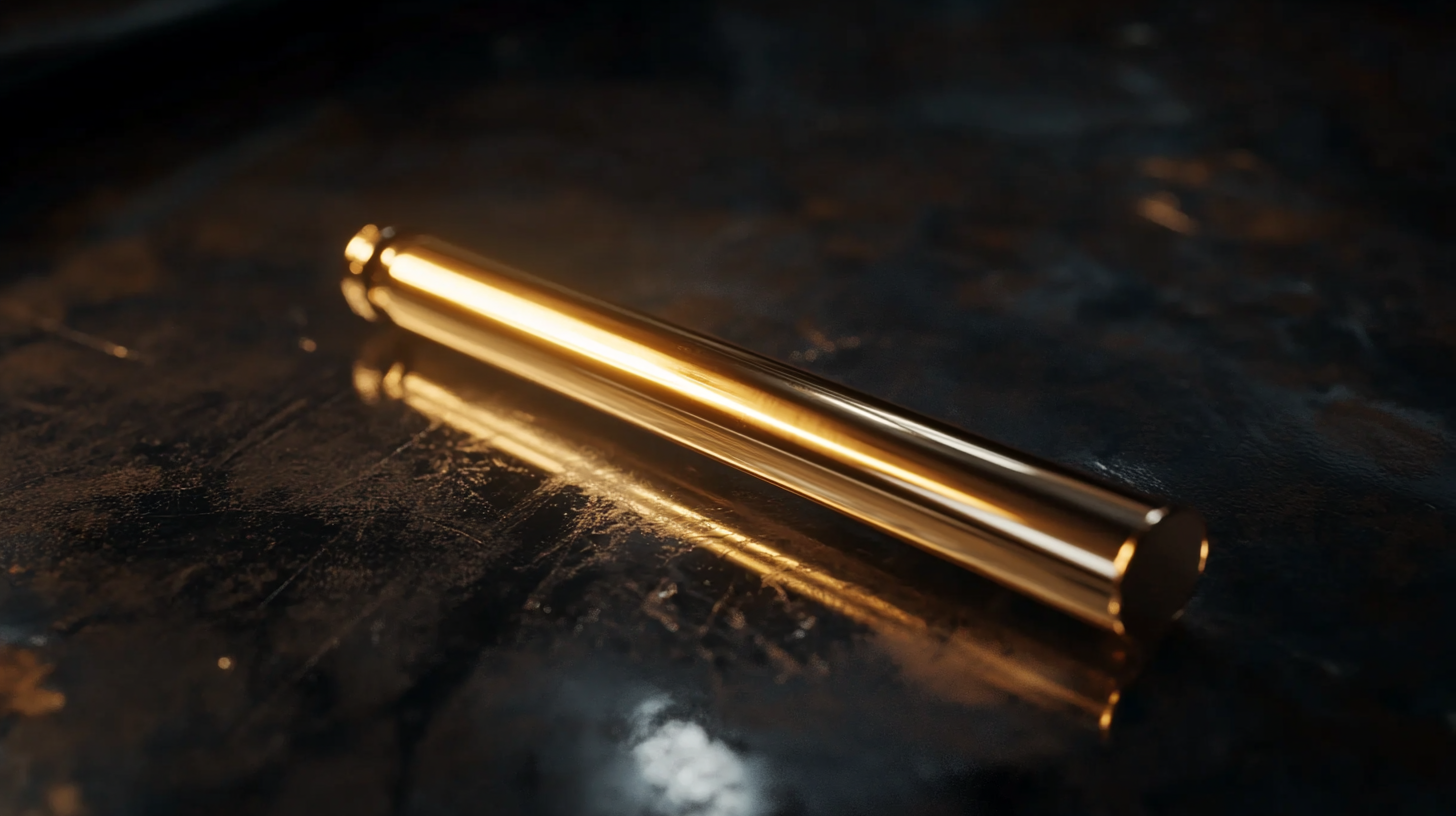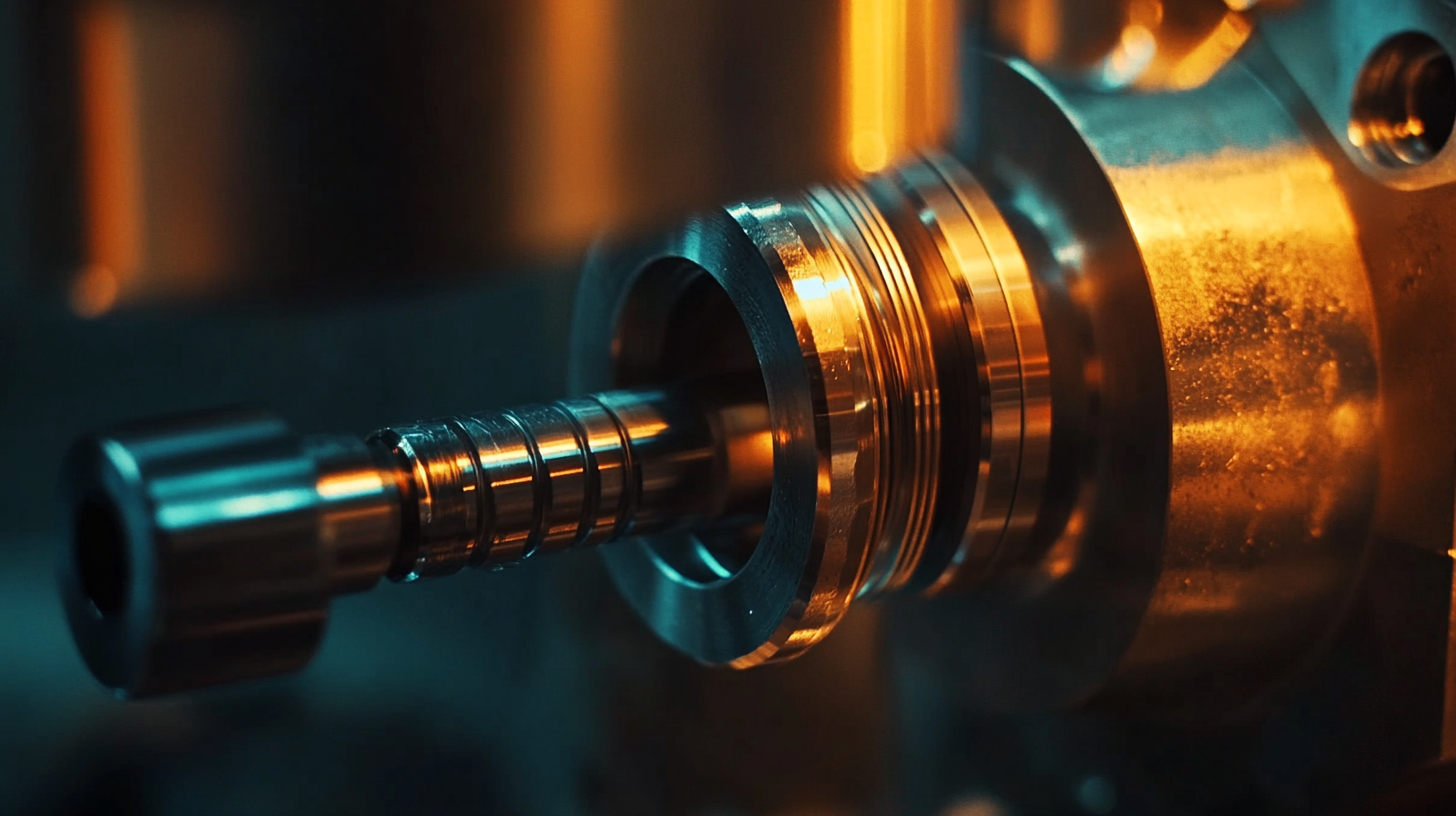SUNDI TOOLS
- Copyright © Wuxi Sundi Precision Tools Co.,LTD All rights reserved.
- Site Map
In the realm of precision machining, achieving exactness in dimensions and surface finishes is paramount. One tool that has proven indispensable for machinists striving for this level of accuracy is the Step Reamer. This specialized tool not only expands existing holes to specific diameters but also enhances the overall quality of machined components. By facilitating smoother transitions between varied diameters, Step Reamers play a crucial role in achieving tighter tolerances and better finishes, which are essential for high-performance applications.
Understanding the benefits of using a Step Reamer is critical for any machining operation focused on quality and efficiency. These tools are designed to deliver consistent results, reduce cycle times, and minimize tool wear, making them an ideal choice for both small-scale projects and large production runs. In this blog, we will explore the advantages of incorporating Step Reamers into your machining processes, highlighting how they can contribute to improved performance and substantial cost savings.

Step reamers are invaluable tools in the realm of precision machining, offering unique features that enhance efficiency and accuracy in drilling operations. One of the standout characteristics of step reamers is their ability to create multiple hole sizes with a single tool, saving machining time and reducing the need for tool changes. According to a report by the Reshoring Initiative, companies can enhance productivity by as much as 30% by optimizing tool use, which emphasizes the practicality of step reamers in streamlining operations. Another key feature of step reamers is their design, which often incorporates a series of tapered steps that allow for smoother transitions between various diameters. This design minimizes the risk of burr formation and improves the overall finish quality of the holes. A study published by the American Society of Mechanical Engineers (ASME) indicates that improved hole quality can significantly reduce the costs associated with secondary finishing processes, leading to further savings and efficiency improvements. Furthermore, step reamers are engineered from high-performance materials, such as cobalt and carbide, which provide superior wear resistance and enhance the longevity of the tool. The International Journal of Advanced Manufacturing Technology reported that the use of advanced materials in cutting tools can increase tool life by up to 40%, allowing manufacturers to maintain precision over extended production runs without frequent tool replacements. This durability contributes to reduced downtime and overall cost-effectiveness in machining processes. In summary, the key features of step reamers—multifunctionality, superior design for finish quality, and advanced materials for longevity—make them a preferred choice in precision machining, leading to significant operational benefits and cost savings.

Step reamers offer a distinct advantage over traditional reamers in precision machining, particularly due to their ability to create multiple diameters in a single pass. This efficiency not only saves time but also reduces the chance of errors during the machining process. According to industry reports, the use of step reamers can significantly enhance dimensional accuracy, allowing for tighter tolerances that are crucial in high-precision applications.
Research in the field has demonstrated that unconventional techniques, such as robotic-assisted burring in surgical procedures, point to a broader trend of optimizing accuracy through innovative tools. Just as burring has been studied for its precision in hip replacement surgeries, step reamers demonstrate an engineering advancement that ensures uniformity and minimizes the need for secondary operations. Less time spent machining means improved productivity and less material waste, which is critical in sectors where resource efficiency is heavily emphasized.
Additionally, recent assessments of various machining tools, including reamers, highlight how step reamers maintain performance under varying conditions compared to their traditional counterparts. With the capability to achieve excellent surface finishes and support diverse application requirements, they are becoming increasingly favored in industries where high-quality outputs are non-negotiable. As we progress into more complex manufacturing landscapes, the adoption of step reamers can be seen as a strategic move towards enhancing both productivity and precision.

Step reamers are becoming increasingly popular in various industries due to their precision capabilities and versatility. These specialized tools are designed to create holes with varying diameters in a single pass, which significantly streamlines the machining process. In sectors such as automotive, aerospace, and manufacturing, where precision is crucial, step reamers are often utilized to ensure that components fit together seamlessly, enhancing the overall quality and performance of the final product.
In the aerospace industry, for instance, step reamers are used to produce lightweight yet strong components that are critical for aircraft performance. The ability to create multiple diameters allows for the efficient integration of different components, ensuring that assemblies are not only precise but also optimized for weight reduction. Similarly, in the automotive sector, these tools aid in the fabrication of intricate engine parts and assemblies that require tight tolerances and smooth finishes to function correctly under high-stress conditions.
Manufacturing also benefits greatly from the use of step reamers, especially in the production of molds and dies. The adjustments for varying diameters help reduce machining time and enhance productivity. With reduced tooling costs and less time spent on setup and adjustments, manufacturers can achieve higher efficiency in their operations. This contributes to a more streamlined production process that meets the demands of today’s fast-paced market.

Step reamers are essential tools in precision machining, designed to create a smooth, accurate hole in various materials. To maximize their efficiency and longevity, proper use and maintenance are critical. First, ensure that the step reamer is correctly aligned with the workpiece. Misalignment can lead to irregularities in hole size and finish, which can compromise the precision of your work. According to industry reports, correct alignment can enhance machining accuracy by up to 30%.
Maintaining your step reamers requires regular cleaning after each use to remove any accumulated debris or residue. This not only extends the life of the tool but also ensures consistent performance. Research indicates that tools that are maintained properly can achieve up to 50% longer service life. For instance, using a suitable lubricant can help prevent friction and wear during use, providing a smoother operation and better results.
Additionally, periodic inspection of the cutting edges is crucial. Dull or damaged edges can impede the reamer's performance and accuracy. Experts recommend sharpening or replacing step reamers regularly to maintain optimal functionality. Ensuring that tools are stored properly, away from moisture and potential damage, is equally important to prevent corrosion and degradation. By adhering to these maintenance tips, machinists can ensure that their step reamers yield precise and reliable results consistently.
In the realm of precision machining, achieving the perfect fit and finish often relies on the tools employed in the process. Step reamers have emerged as invaluable assets, specifically designed to enhance both efficiency and accuracy during machining operations. These specialized tools are characterized by their tapered flutes and step-like design, which allow them to create holes of varying diameters in a single pass, thereby streamlining operations and reducing setup time.
The efficiency gained by using step reamers is most evident in high-volume production environments. With the ability to enlarge and shape holes without the need for multiple tools, machinists can significantly decrease cycle times. This not only minimizes tool changes but also leads to a reduction in downtime associated with machine setup. As a result, manufacturers can maintain higher output rates while adhering to stringent quality standards.
Accuracy is another critical aspect where step reamers excel. The precision manufacturing of these tools ensures that they can maintain tight tolerances even under rigorous machining conditions. By allowing for controlled expansion of the hole diameters, step reamers reduce the likelihood of errors typically associated with traditional reaming methods. This precision not only improves the overall quality of the finished part but also enhances the interoperability of components in complex assemblies. As industries continue to demand higher performance from their manufacturing processes, the adoption of step reamers represents a significant advancement in achieving both efficiency and precision.